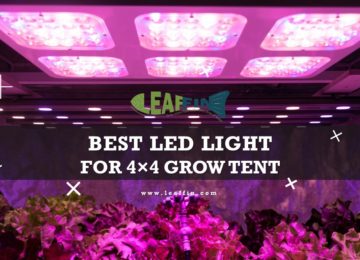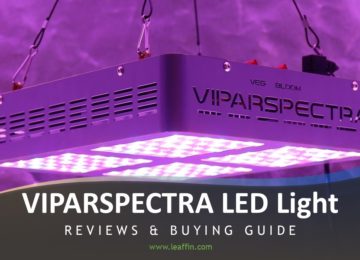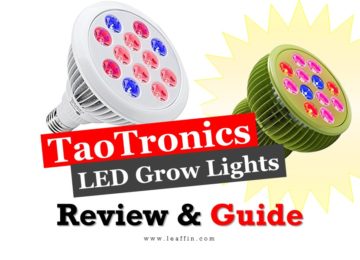Singapore is an island state where the most of us live in high-rise apartments. The majority of Singaporeans do not have the luxury to own an open garden. Some luckier apartment dwellers have a balcony to grow their plants while others can only arrange plants along a short stretch along the common corridor outside their homes.
Light has always been a big problem for high-rise apartment gardeners like me. The low amount and poor quality of light my growing area receives greatly limits the range of plants I can grow.
Above: Never attempt to hang a hanging basket outside the window although that may give your potted plant more sunshine need for growth – it is against the law as its poses a safety hazard to people below!
In my opinion, to be able to grow plants successfully indoors, the duration and intensity of light available to one is perhaps the most important factor. Other cultural requirements can be easily improved and satisfied via various means. For example, low humidity can be increased by laying out pebble trays or keeping plants inside sealed fish tanks. High winds encountered in units located in higher levels of an apartment block, can be broken by using appropriate wind-breakers.
When natural light is insufficient, the only way to go about it is to provide supplemental lighting through the use of artificial lights. Artificial lighting installations take up much space and are expensive to set up. Power bills can be hefty for large installations – we are talking about turning on the lights for at least 12hrs a day!
One of the most common ways to reduce the amount of sunshine an apartment receives is to have its windows oriented away from the east-west direction. This is to prevent the penetration of sunlight into the apartment from the morning and evening sun.
Another way is to use various permanent structural features such as overhangs and louvers to shield the windows partially if an apartment receives some direct sunshine for some part of the day.
See the recessed window in the center – the sides of the building are capable of shading out sunshine.
SEASONAL VARIATION OF SUNLIGHT
The amount of direct sunshine that a growing area receives will also depend on the direction it faces. It would be useful to grab a compass to know where your growing area faces!
East-facing and west-facing windows reliably receives direct sunlight throughout the year for some part of the day but most growers will not receive more than six hours of sunshine. It is preferable to have an east-facing growing area, since sunlight gradually intensifies as the day progresses, reducing the likelihood of shock that a plant is likely to experience and possibility of sunburn in shade-loving plants. An east-facing window will be totally shaded past mid-day onwards while the opposite occurs for a west-facing window. For growing areas that faces the west, the need to provide some form of shade should be considered, as plants will first experience the intense afternoon sunshine, which gradually subsides as sunset draws near in the evening.
However, for growing areas that are directed off due east or west, the amount of sunshine will be greatly affected by the seasonal variation in the sun’s path, which changes through the course of a year. In the most extreme cases: north-facing and south-facing windows can have plentiful sunshine for some part of a year, which will alternate with full shade later on. In Singapore, south facing windows usually have sunshine streaming into the growing area from the second half July until December while north-facing windows will usually receive sunshine from January until first half of July. For situations like these, it would be useful to be aware when the monsoon season occurs, since during that period, overcast skies and torrential rains are common weather phenomena that will rob the growing area of much-needed sunshine.
KNOWING YOUR SUNLIGHT
If you obtain a fuzzy shadow using the paper test, what your growing area is experiencing semi-shaded conditions. It may be receiving filtered light if there is a curtain to partially shield off direct sunshine or it may also be an area receiving reflected light. As a rough guide, the darker the shadow cast on the paper, the brighter the filtered/indirect light is receiving. It is best if such an intensity of light is maintained for as long as possible through the day. In such a situation, you can grow medium to low light plants. Many leafy indoor plants and gesneriads like African violets and Episcias will like it here.
If a faint shadow is obtained, the area is probably receiving very little light. Under such deep shade conditions, no plants can be grown on the long term. Supplementary lighting, in the form of artificial lighting, may be required if one decides to grow a plant there. Periodic rotation of a plant to a brighter location will be beneficial.
CONCLUSION
Knowing the amount and intensity of natural light that your growing area receives will help you to choose plants that are suitable for that location. On the long term, this will bring about much satisfaction and can help one save some money, which will otherwise be spent on unsuitable plants.
This article is intended to serve as a rough guide to all apartment growers. I shall leave the decision to the high-rise gardener: whether to choose plants to suit the available lighting condition or to improve it to suit one’s plant preference.
When in doubt whether a plant is suitable for its current location, watch for the symptoms arising due to excessive sunshine or the lack of it. Finally, never hesitate to ask fellow plant-lovers on the Green Culture Singapore Discussion Forum for their opinions.




